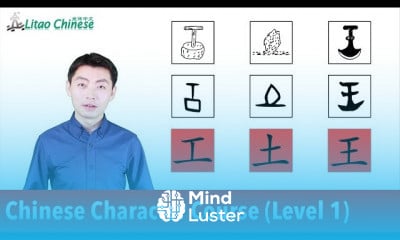まで made 12 Ultimate Japanese Particle Guide Learn Japanese Grammar
Share your inquiries now with community members
Click Here
Sign up Now
Lesson extensions
Lessons List | 12
Lesson
Comments
Related Courses in Languages
Course Description
Japanese grammar,
in this course we will learn about Japanese grammar, covering essential concepts that form the backbone of the Japanese language. You’ll explore sentence structures, verb conjugations, and the proper use of particles like "wa," "ga," and "ni." This course will also dive into adjectives, question forms, polite expressions, and more advanced topics like verb forms for various tenses and moods. Through interactive lessons and practical examples, you’ll gain the skills to construct sentences confidently and understand how grammar shapes the language. Whether you’re a beginner seeking a strong foundation or an intermediate learner aiming to refine your skills, this course provides a comprehensive approach to mastering Japanese grammar. Join us to unlock the key to effective communication and deeper understanding of the Japanese language. Learn Japanese with JapanesePod101 com
Trends
Graphic design tools for beginners
Web Design for Beginners
Graphic Design Basics
Figma for UX UI design
Accounting
Advanced Logo design methods
Customizing type for logos
Logo Design
Make money as a freelance designer
Graphic Design | Photoshop
UX design career in 2025
Best zoology books
Accounting Finance course
Web Design Using HTML CSS
Web design basics
Financial Accounting
Web Design 101 Free Full Course
Biology
Figma Signing Up and Signing In
Logistics and Supply Chain Management
Recent
Bioinformatics basics
Bioinformatics databases
Vitamin A to Z tablets
Best zoology books
Best cream for piles pain
Laser surgery for piles
Best cream for piles
Anal fissure treatment
Best antibiotics for diseases
Antibodies structure
Macrophage structure
Drosophila genetics
Diagnostic tests
Bioinformatics
Genetics
Gene therapy
Kidney structure
DNA replication and types
Bacterial cell structure
Parasite structure

















